#Celts
Photo

The Celtic Nations with their native place names.
by oglach
10K notes
·
View notes
Quote
Like the mushroom in the woods, we may appear to be a single entity, but we are invisibly connected by a network as wide as the forest floor.
Mara Freeman, Kindling the Celtic Spirit
1K notes
·
View notes
Text

Two Iron Age sword hilts, from Ballyshannon, Donegal, Ireland & Yorkshire, England
393 notes
·
View notes
Text


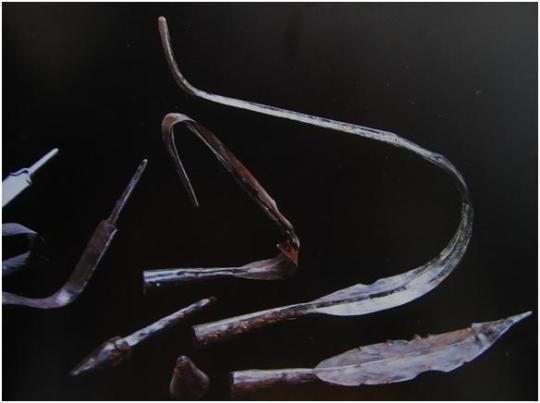
The Ancient Celtic Ritual of Killing a Sword,
During the early iron age up to the rise of the Roman Empire the ancient Celts dominated most of Europe, their tribal societies stretching from Spain in the west to Turkey in the east. One ancient Cetlic tradition was the ritual of “killing” the sword of a deceased chieftain or warrior for burial. Often the sword would be heated, then bent into either a circle or “S” shape thus making it irreparable and useless. In hundreds of Celtic graves throughout Europe such ritually killed swords have been uncovered, one of the most well preserved being a iron sword uncovered near Oss in the Netherlands dating to 700 BC.

There are many possible reasons such a ritual was done by the ancient Celts. The sword could have been killed as a ritual sacrifice to speed the soul of the deceased into the afterlife. Indeed a sword would have made an excellent sacrifice considering the expense and labor needed to craft a quality iron sword in that age. In addition, it may have been a special honor for a particularly brave warrior, and while the warrior rests peacefully in death, likewise his sword should be permanently retired. Kind of like how today we retire the jersey of a famous athlete who passes away. Finally, killing the sword may have a more practical and down to earth purpose, to make it useless if uncovered by thieves and grave robbers.
By around the 1st century AD most Celtic tribes had been overrun by Germanic peoples or conquered and assimilated by the Roman Empire. However the tradition of sword killing continued with many German tribes, and during the early Middle Ages was commonly practiced by the Anglo-Saxons and the Vikings.
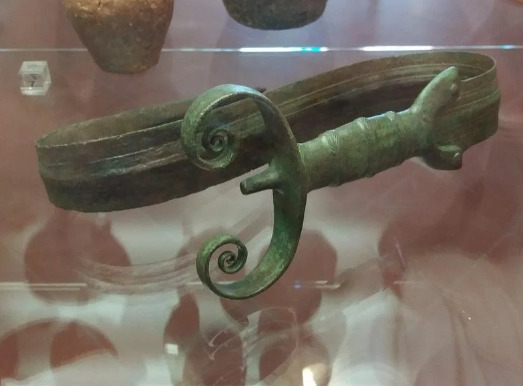
692 notes
·
View notes
Text

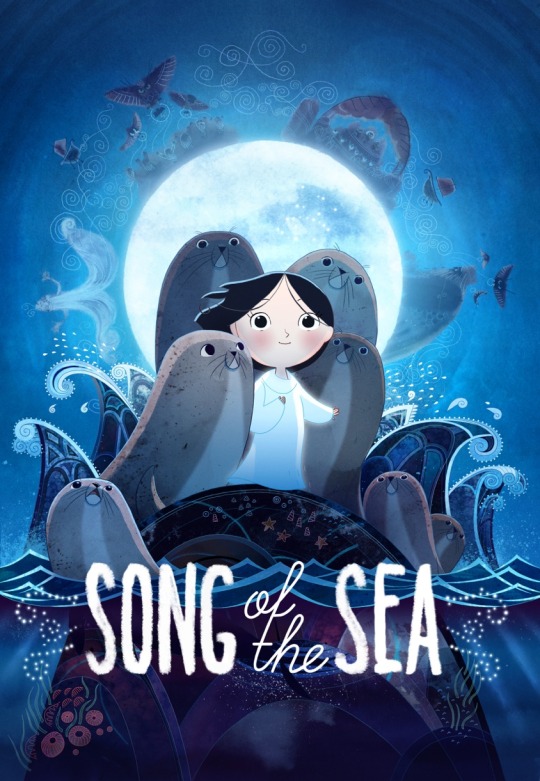
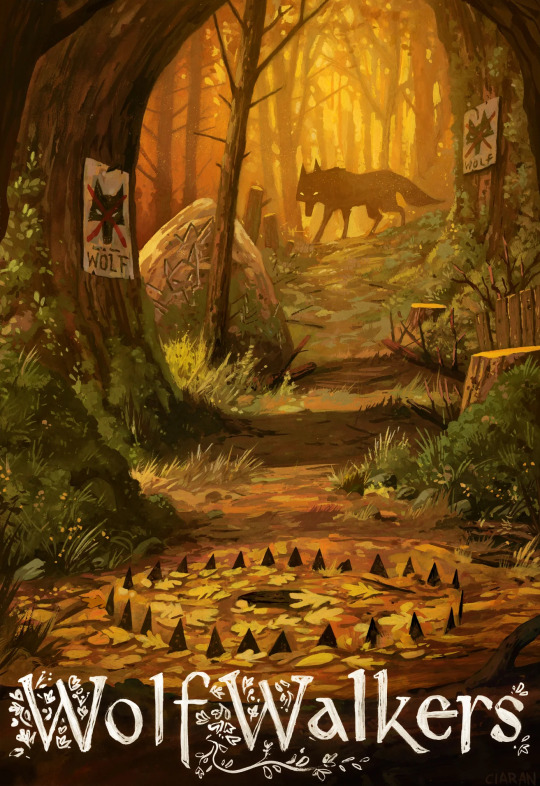
they dont get enough love
#the secret of kells#song of the sea#wolfwalkers#cartoon saloon#animation#movies#tuatha dé danann#aos sí#selkie#ireland#irish mythology#celts#celtic mythology#personal
94 notes
·
View notes
Photo

Scenic Views of Ireland
According to one legend, Ireland takes its name from the Gaelic Eire, derived from Eriu, the daughter of the Mother Goddess Ernmas of the mystical Tuatha De Danaan and, for anyone who has spent any time there, this seems fitting in explaining the enchanting beauty of the land.
Continue reading...
136 notes
·
View notes
Text

germanic woman
sculpted by a roman sculptor
vs
sculpted by a germanic sculptor
93 notes
·
View notes
Photo

Callanish Standing Stones
80 notes
·
View notes
Text
What are Minstrels, Jesters and Bards?

Keeping it up with me rambling about the middle ages and fantasy, let me talk about one of the things that seems to confuse a lot of people - especially because most fantasy media just kinda mixes this one up. The difference between Minstrels, Jesters and Bard. Given that all the words are so often used interchangably. But, indeed, there is a big difference, if we look at it from a historical perspective.
The very, very basic differentiation is like this:
A Bard was a Celtic song writer and storyteller
A Minstrel was a medieval travelling singer, poet, acrobat and storyteller
A Jester was a medieval singer, poet, acrobat and storyteller working at a cort. In the late medieval time they were more acrobats and people telling jokes though.
Also there is Troubadoures, who were mostly singers and storytellers at the courts.
Let me talk a bit about the different groups in detail, though.
Bards
Bard as a word comes specifically from the Gaelic word for "poet", which basically tells us most about them. as with so many things concerning the celts, the early history of them is not very well known. We do know, though, that they played a certain role within the Gaelic and Welsh societies both in keeping the oral history of the societies alive, as well as celebrating chiefs and warriors with their songs. Other than other aspects of Celtic societies, the bards did remain for a long while into the medieval period, though how the societies treated them did vary a lot by region.
While in some areas due to their connection to the Celtic (and hence indigenous) religion and culture, they were seen as "second class poets" in some areas - especially in Ireland - with the true poets being connected to the church.
Never the less: Whatever we still know about the Celtic mythology of the British isles is all only known thanks to bards. Because bards kept those oral traditions alive at times till the late and post-medieval period, allowing them to be written down.
Mistrels
Minstrels developed a lot in what their role was. In the early medieval period they were often still bound to courts of kings and lords, where they would perform a wide variety of things. Songs, poems, theatre, acrobatics and dance being most among them. But in the high medieval period it became more and more common that the courts would employ jesters and troubardores, who were more specialized. With those a lot of minstrels became travellers. They would travel the lands and always remain in cities and villages for a while, collect stories, perform their arts and then move on. As such they helped to spread stories throughout the lands - though people could not always be sure whether the stories they told and sang were true or not.
Minstrels often had close networks among each other, though. Exchanging stories and songs they had written and collected. As such they often had a very wide repatoir that they could share with the people.
It should be noted that while there were people like this throughout the entire medieval world, minstrels as we would call them were most common in Medieval France and England, with some also being around in Germany (that is the Holy Roman Empire). Travelling singers and songwriters in the rest of Europe had a bit of a different background, often being closer to the celtic bards.
And yes, minstrels are very much the closest thing here to what bards in DnD are displayed as.
Jesters
Among those noted here, jesters are probably the one occupation people have the best idea of, given that they are fairly big in even modern popculture - even outside of fantasy. I mean, in your standard deck of cards the "Joker" usually is portrayed as a jester.
Jesters were fairly interesting. While they also would at times do poetry and songs, they often were more acrobats, joksters and magicians, who most of the time were bound to the court of a lord, duke or king. In these positions they did however often serve a very important role, as they were allowed to hold a mirror to whoever they served and give them the truth. Basically: They were allowed most of the time to criticize even kings. (Which does not mean that they always got away with it - but usually they got away with way more than most people.) As such a common idea of a jester was, that they were supposed to be wise and also act as a sort of advisor to whomever they served.
Interestingly enough there is a lot of historical evidence that often enough this specific roll was filled by disabled and disfigured people, who could not work in other rolls. Which in hindsight is interesting especially because it gave some disabled people a very important role within the society.
Troubadours
Finally we have the troubadours, who were most of all singers and poets working at the courts. Their art was seen as more "high class" than the work of the normal minstrels. They often would entertain nobility during their feasts and on festivals and celebrations. While they were not the same as jesters, they often were however allowed to parody and do satire of the lords, with that also reflecting on their actions.
So, yeah. There is a difference between these words. While there definitely were bards that served as troubadours, and troubadours who ended up becoming minstrels... It was a bit of a difference between those roles.
The fact that the bards were so tied to celtic cultures is especially a fact that so often gets overlooked.
So, there you have it. xD Maybe some food for thoughts for my dear fellow bard players.

#history#european history#medieval history#middle ages#nobility#royality#bard#bards#minstrel#jester#troubadour#celts#ancient celts#dungeons & dragons#dnd#baldurs gate#baldurs gate 3#the witcher#jaskier
100 notes
·
View notes
Photo

236 notes
·
View notes
Photo

#?#Stonehenge#Summer Solstice#1970's#Druidism#Druid#Druids#Ancient Order of Druids#Photography#Black and White#June#Celts#Celtic#Bards#AP Photos#Nature#Sun#Dawn#Sunrise
1K notes
·
View notes
Photo

The Celtic Nations
by Thessiz
1K notes
·
View notes
Text
In medieval Irish legends they were called Banduri or Bandorai. Their existence was confirmed by ancient Greek and Roman writers.
49 notes
·
View notes
Text
"The ancient Celts saw the land as a living being, a Goddess, from which all else sprang. The land was a memory, an archive, a consciousness, and a conscience. To heal what is amiss in the present world, we must recapture the reverence of the world of the past and reconnect with our ancestral lands."
-Celtic Shamanism: An Awakening Landscape
Audio Dialogue With Jane Burns and Sandra Ingerman
153 notes
·
View notes
Text
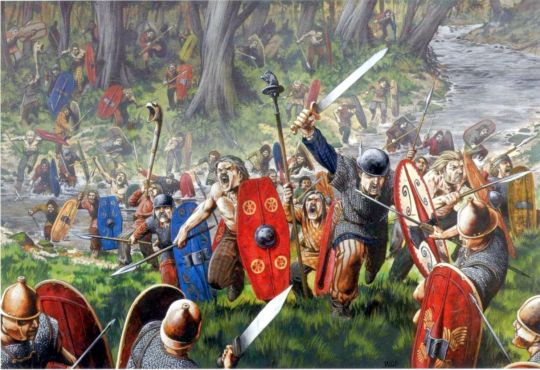
The Forgotten Battle of Silva Litana, Autumn 216 BC
The year 216 BC was certainly a bad year for Roman civilization and perhaps the worst year of the Roman Republic’s history. Two years into the Second Punic War Hannibal Barca and his Carthaginian Army had crossed the Alps and marched deep into Italy.
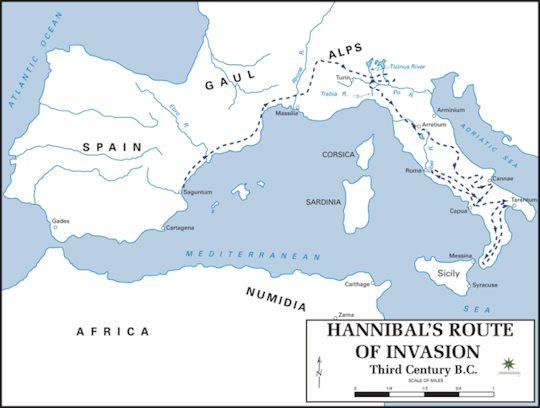
In the summer of 216 BC the Romans assembled the largest Roman army in their history up to that point in order to stop Hannibal once and for all. The two armies met on August 2nd near Cannae in southern Italy. Despite being heavily outnumbered, the Carthaginians managed to surround and annihilate the Roman Army, leaving only 15,000 survivors out of an army of 85,000. The Battle of Cannae would go down in history as Hannibal’s greatest victory, and one of Rome’s worst defeats. In the aftermath another embarrassing and devastating defeat would occur which today is little known, being overshadowed by the horrors of Cannae. Yet the massacre at Silva Litana was in many ways just as devastating and the tactics used would rival the best of Hannibal in terms of ingenuity and brilliance.
Merely a few months after the Battle of Cannae, the Roman Consul Lucius Postumius Albinus raised an army of 25,000 men in order to retaliate against the Boii, a Celtic tribe living in Cisalpine Gaul (Northern Italy) who had allied with and given support to Hannibal. The route took the army through a heavily wooded forest called Litana.

Unfortunately for the Romans, the Boii had predicted this route and had readied a clever ambush. The only way through the forest was a single small road. Along the road the Boii had cut large notches in the trees so that they would remain standing if unsupported, but could be easily knocked over. Once the Roman army had march deep within the forest, the Boii sprang from their hiding places and began pushing dozens of trees onto the Romans. The large trees easily crushed men, horses, and wagons, and broke apart Roman formations leading to panic and chaos among the Romans. The Roman army broke and scattered in terror as the Boii attacked, allowing the Boii to easily pick off scattered groups of soldiers. The Boii took no prisoners, executing all who surrendered. Out of the 25,000 Romans who marched into the forest, only 10 are said to have escaped, a survival rate that was far worse than even Cannae.
The disaster at Silva Litana only added more bad news for Rome, sending the city into a panic. In desperation the Romans resorted to human sacrifice to appease the gods while recruiting criminals and slaves in order to rebuild the Roman Army. Fortunately for Rome, this was a time in history when the Roman military machine could take a lot of punishment but still keep fighting. After the disasters at Cannae and Litana the Romans changed strategy, preferring to avoid direct battle with Hannibal, instead opening up new fronts in the war to spread out Carthaginian resources. Instead of trying to defeat the Carthaginians with a few decisive battles, the Roman’s settled on slowly grinding down the enemy through long attrition. Hannibal would never conquer Italy or Rome, and while the Romans could afford to lose tens of thousands of men, the Carthaginians could not. While the Romans had the resources to play the long game, the Carthaginians did not. As for the Boii, the Romans retaliated in 193 BC and defeated them at the Battle of Mutina and forced the entire tribe to flee from northern Italy.
156 notes
·
View notes
Photo

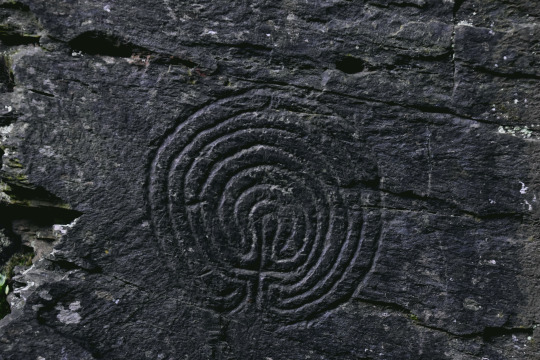

Rocky Vale Labyrinth carvings- Rocky Vale, Cornwall
#stone carving#druid#celtic#celts#magic#new age#labyrinth#maze#stone#neolthic#stone henge#cornwall#kernow#stone circle#ley lines#folklore#folk horror#rocky vale#boscastle#tintagel#standing stone#old gods#pagan#witch#witchcraft#england#old england
2K notes
·
View notes